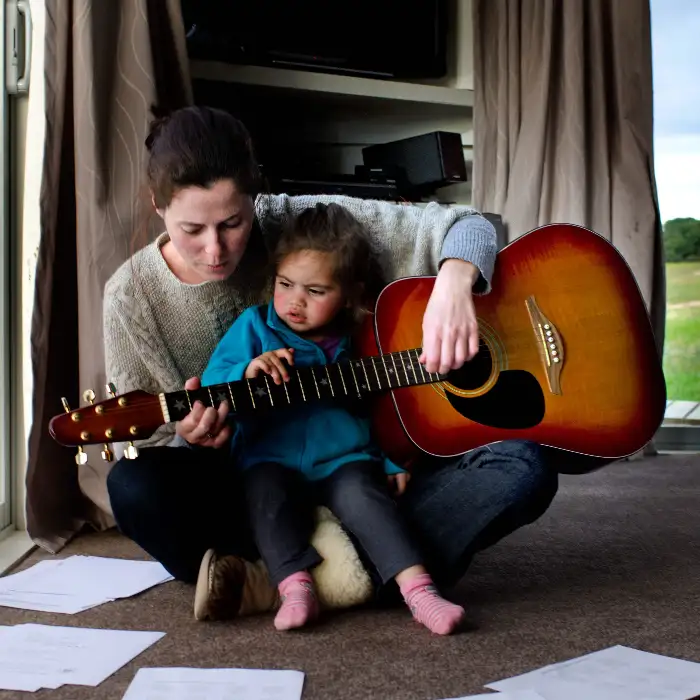
More action songs
Action songs use rhythm and description to encourage movement, and strengthen muscles and bones. Vocabulary, listening and other communication skills are practiced as tamariki match what the song says with what their bodies should do.
Why do it?
- Young children and whānau enjoy sharing songs together.
- Waiata and rhymes are great for building a child’s memory and confidence.
- Experiences with rhythm and rhyme help promote language development.
- Singing and using actions at the same time is a complex activity and involves different parts of the brain. This means rich learning happens when children are enjoying waiata ā-ringa (action songs).
- Singing is fun.
How to do it
Look through the Whakatipu booklets for waiata to enjoy.
- Te Pihinga 1, page 33 — Mēnā harikoa koe
- Te Kōhuri 2, page 15 — Mā is white
- Te Kōhuri 2, page 33 — Tahi is one
- Te Kōhuri 3, page 32 – Haere, haere, hikoi haere
Download and order Whakatipu booklets(external link)
Search for these other songs from the collection of waiata on this website. Follow the actions or make up your own.
Using more te reo Māori
| Te reo Māori | English |
|---|---|
| Waiata mai | Sing to me |
| Whakarongo mai | Listen to me |
| Ūngeri | Rhythm |
| Kanikani | Dance |
| Pakipaki | Clap |
| Hurihuri | Turn around |
| Takahi | To stamp your foot |
| Waiata ā-ringa | Action songs |
| E oma | Run |
| E noho | Sit |
| E peke | Jump |
| E huri | Turn |
| E piu | Skip |
| Titiro | Look |
| E tū | Stand up |
| E kata | Laugh |
| Huri atu | Turn away |
| Huri mai | Turn to me |
| Ngahau | Entertainment, dance |
| Rēhia | Pleasure, amusement |












